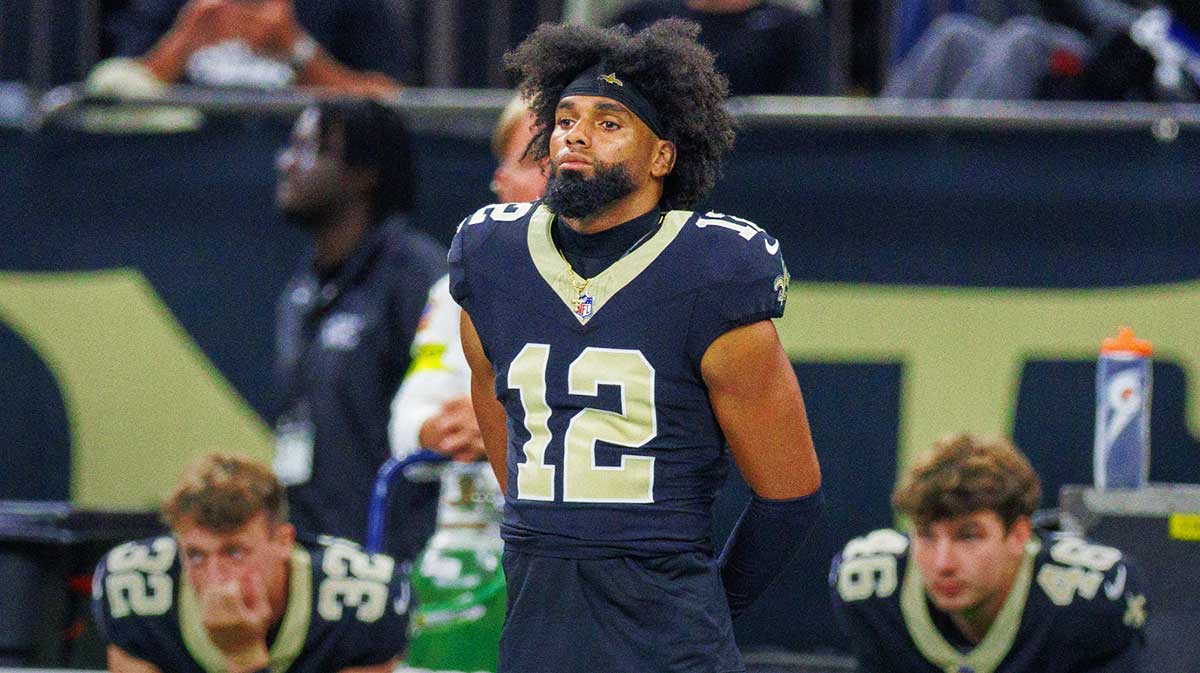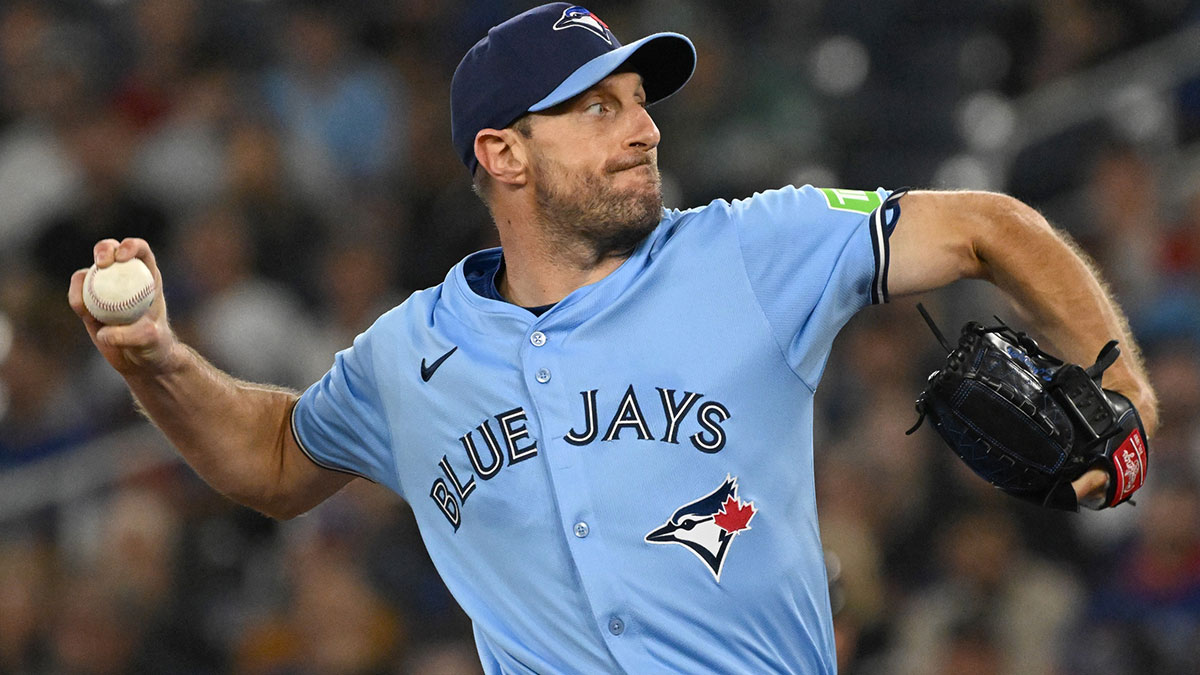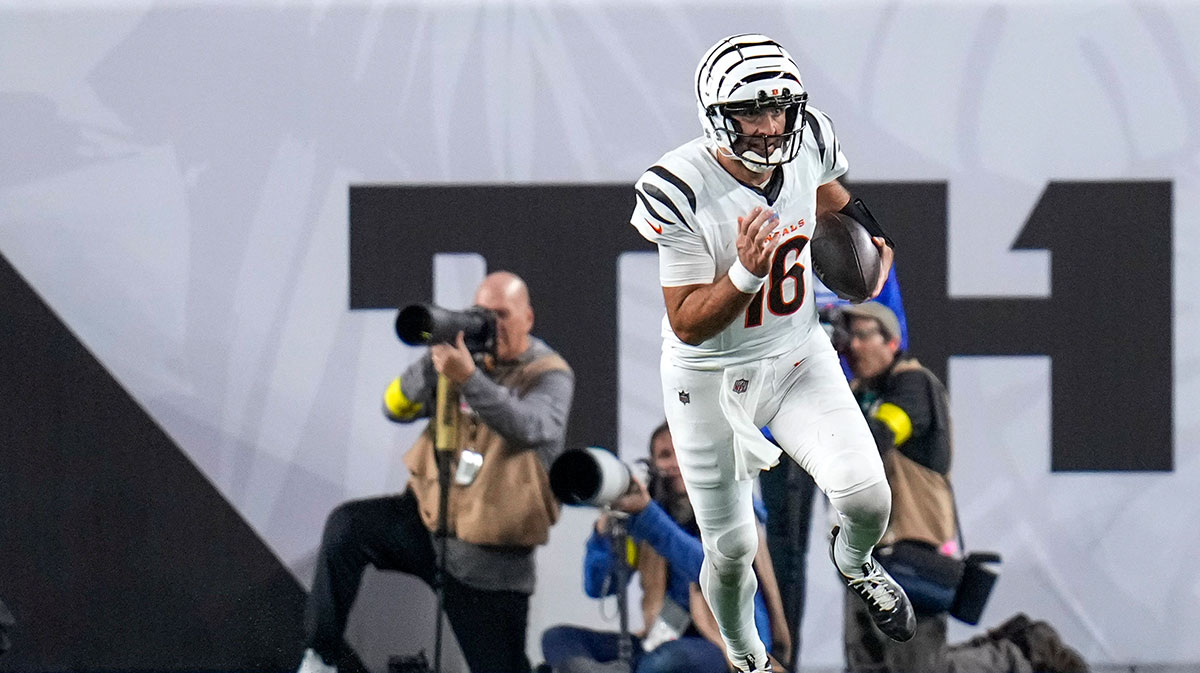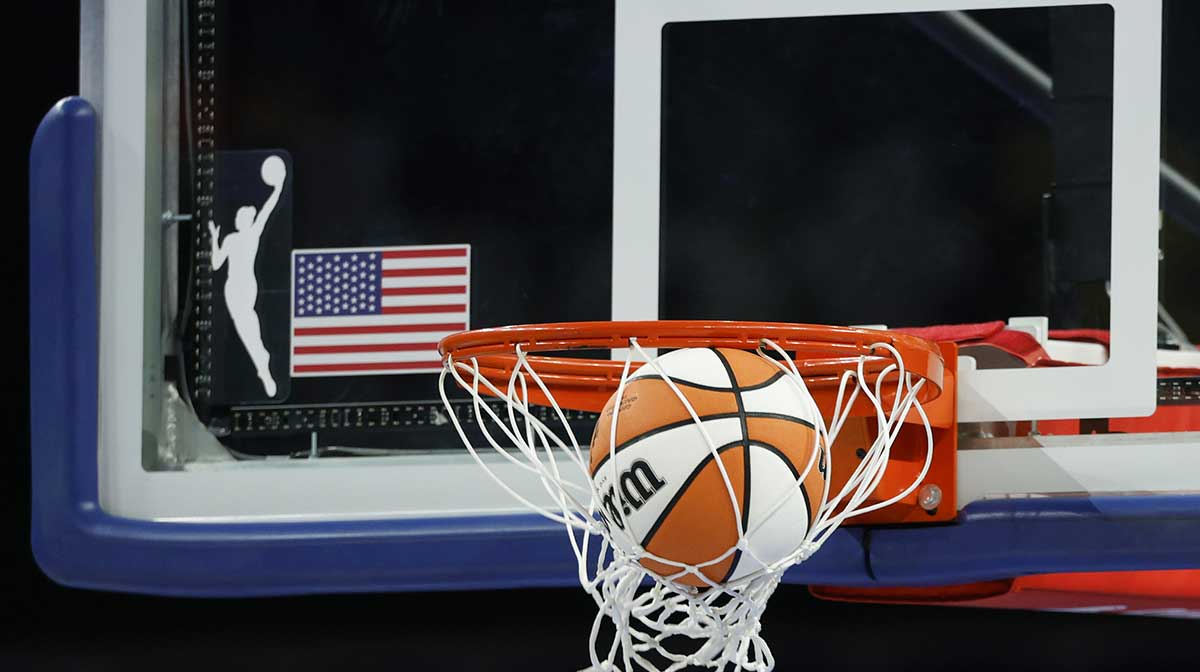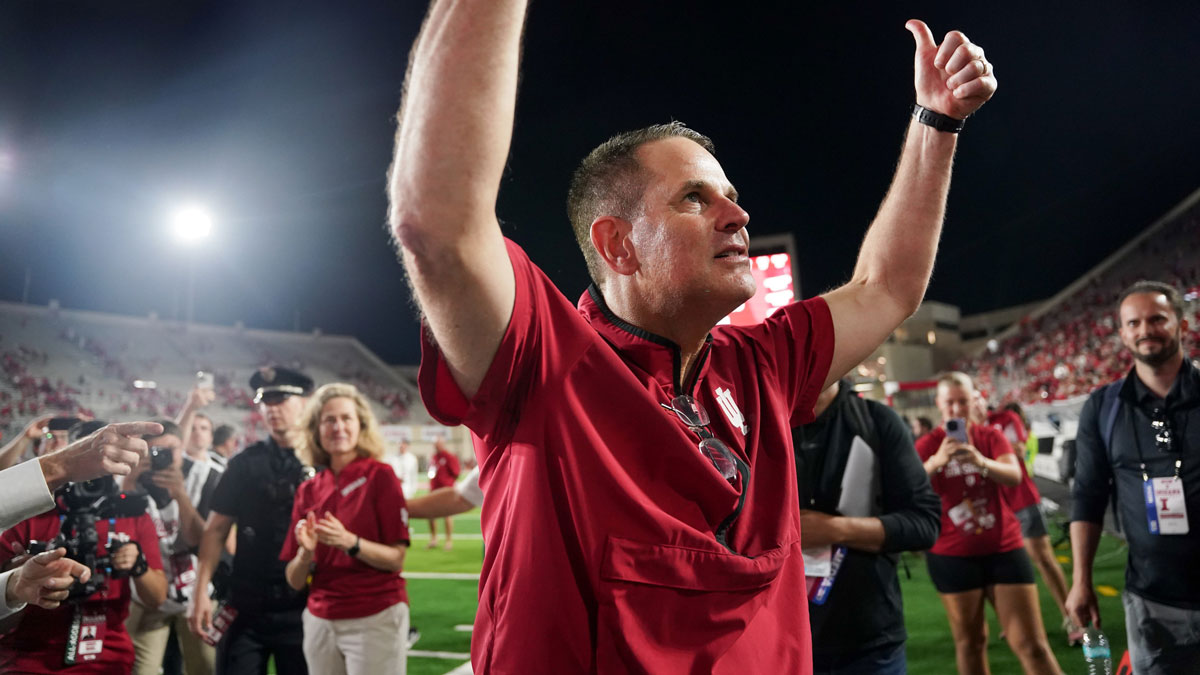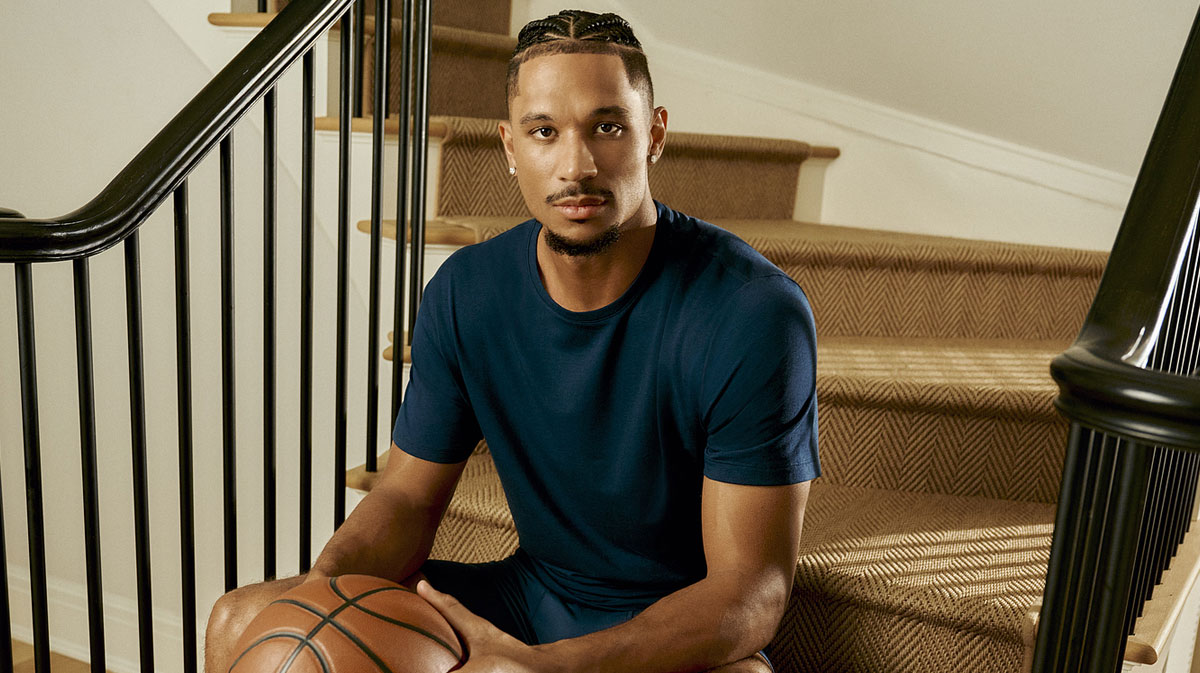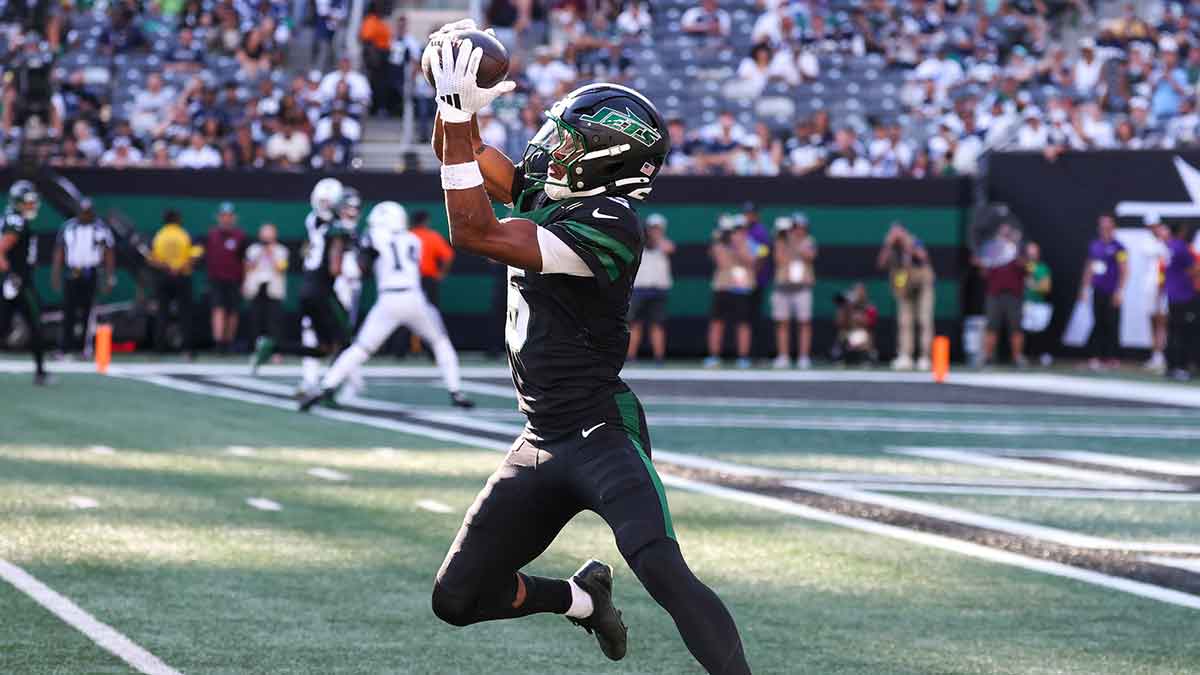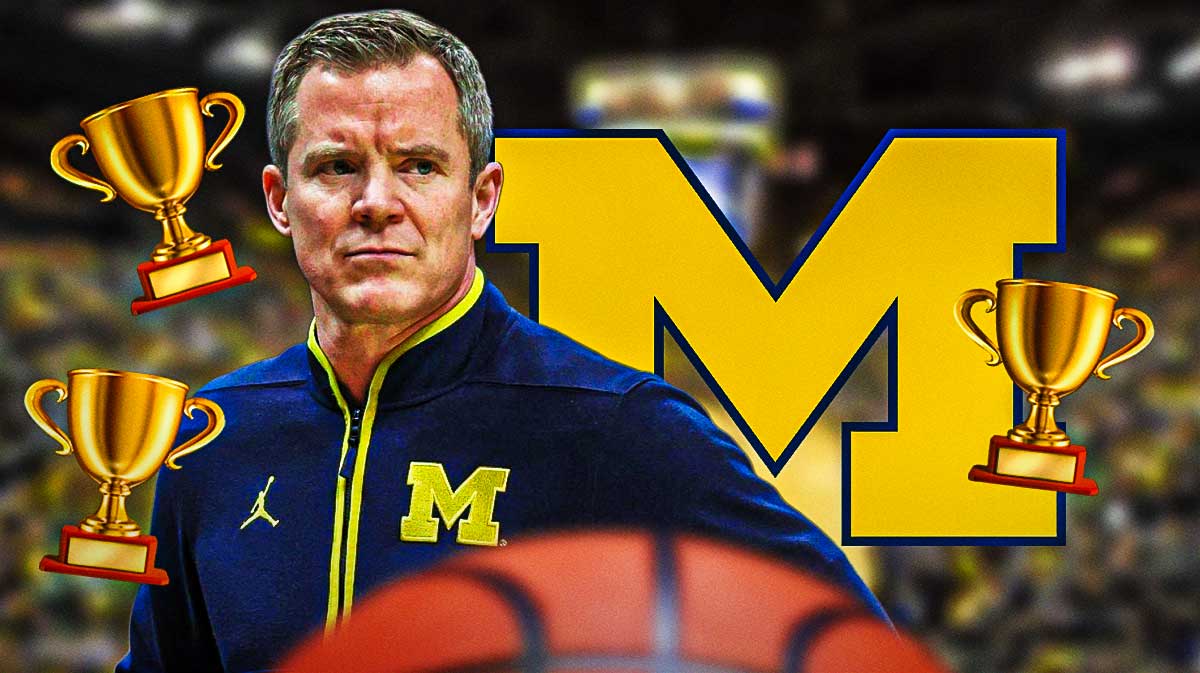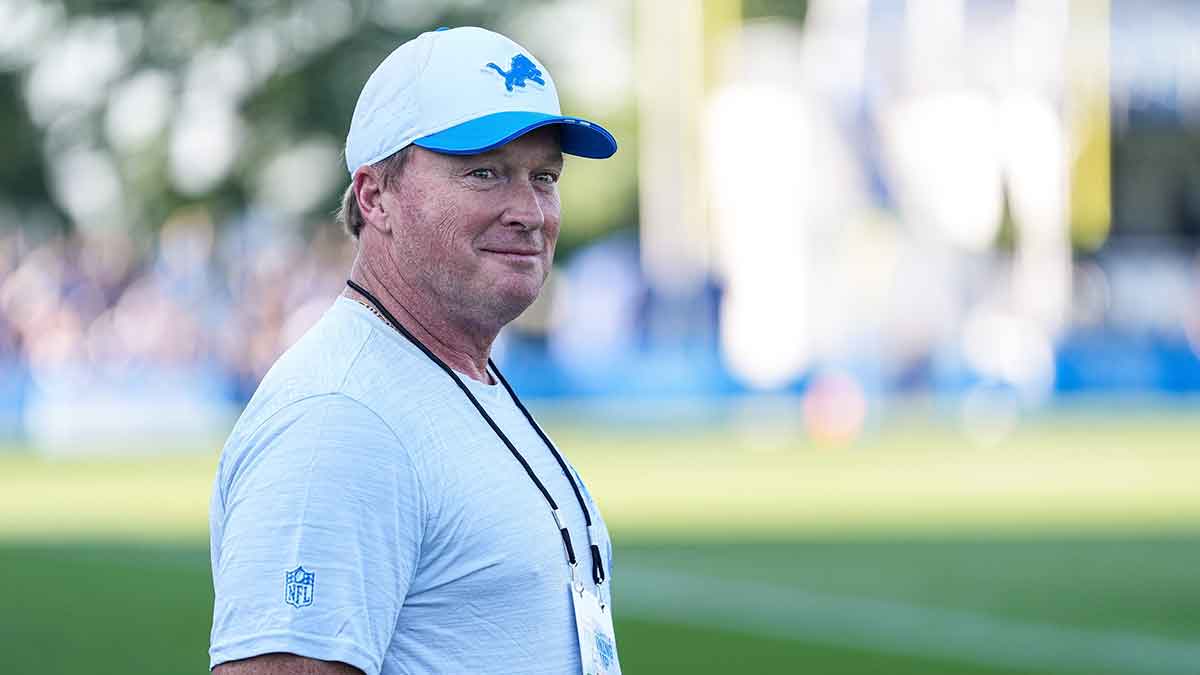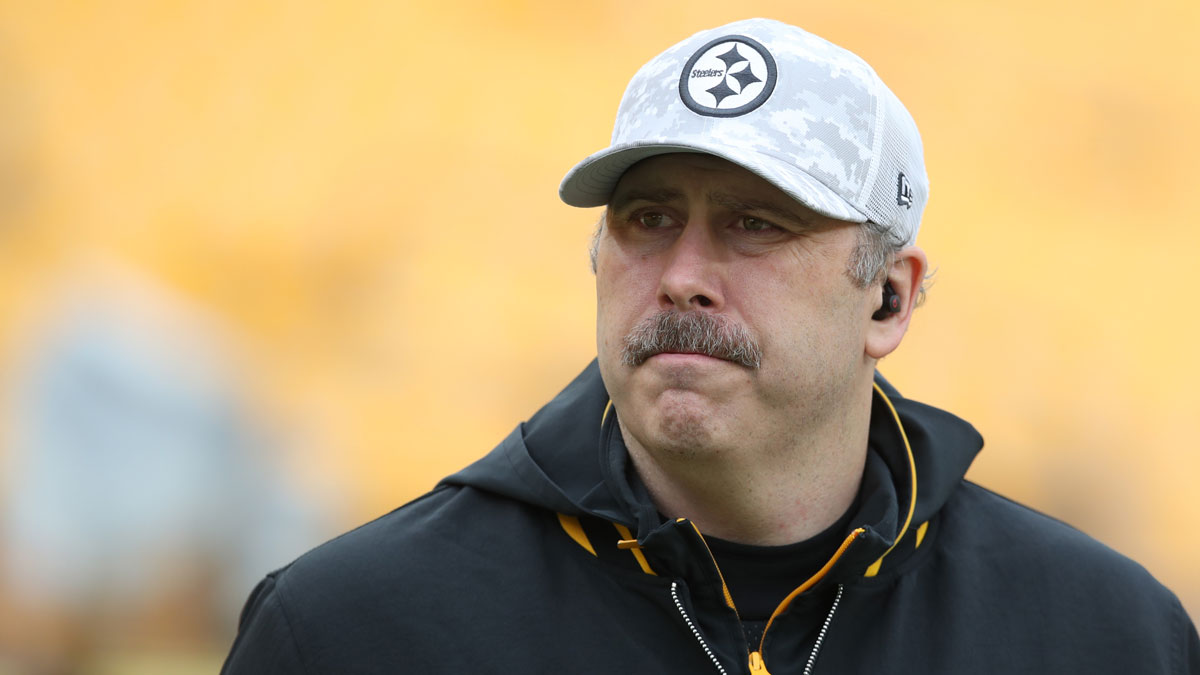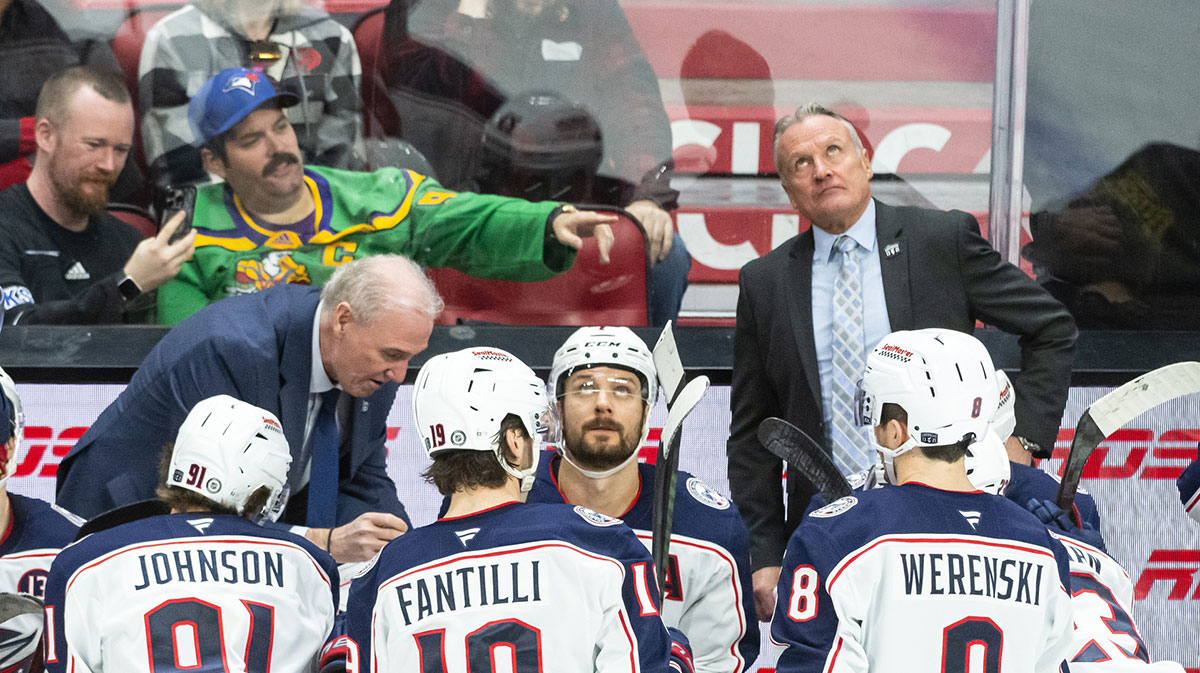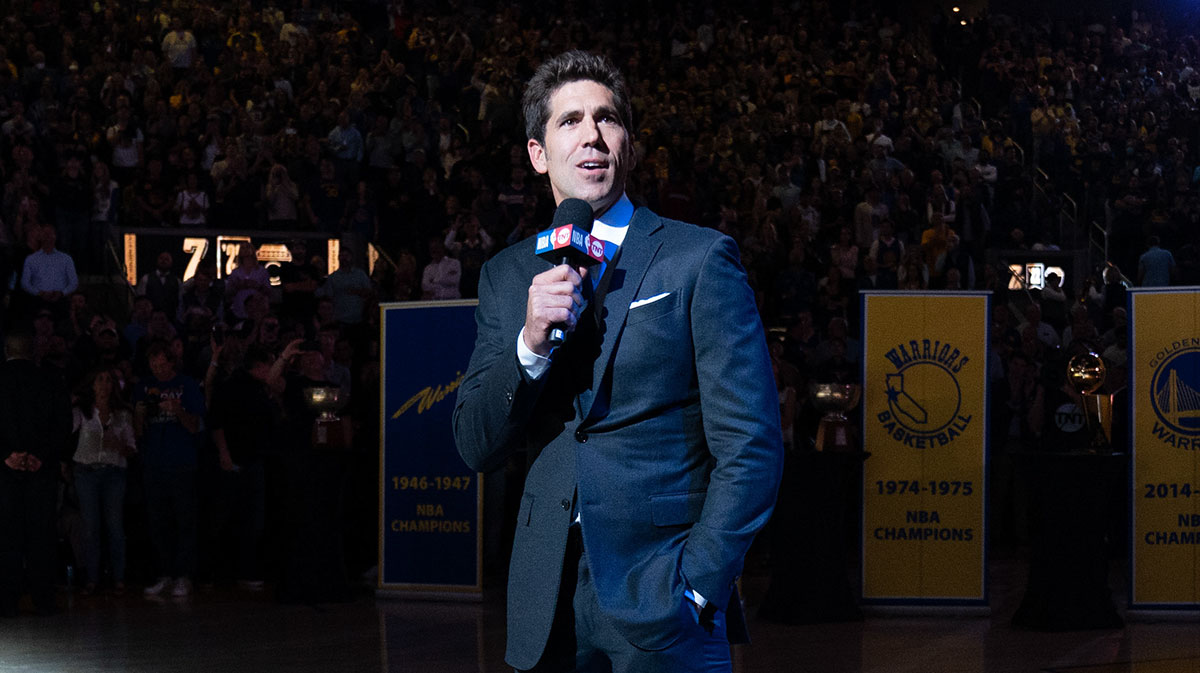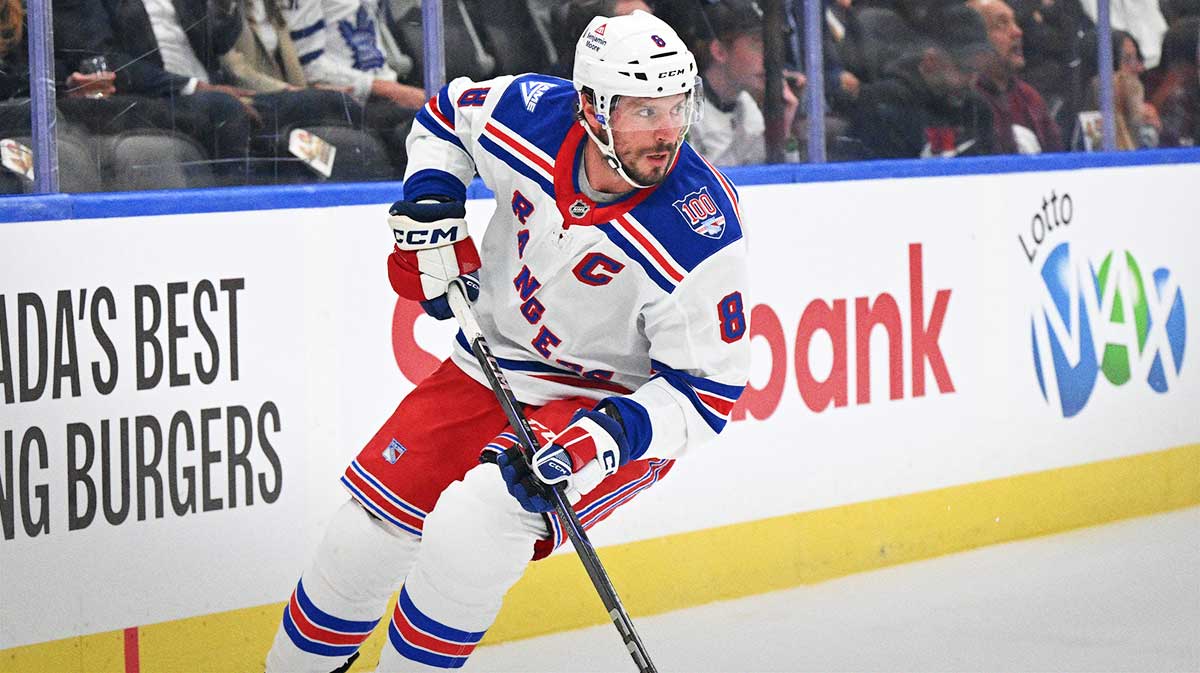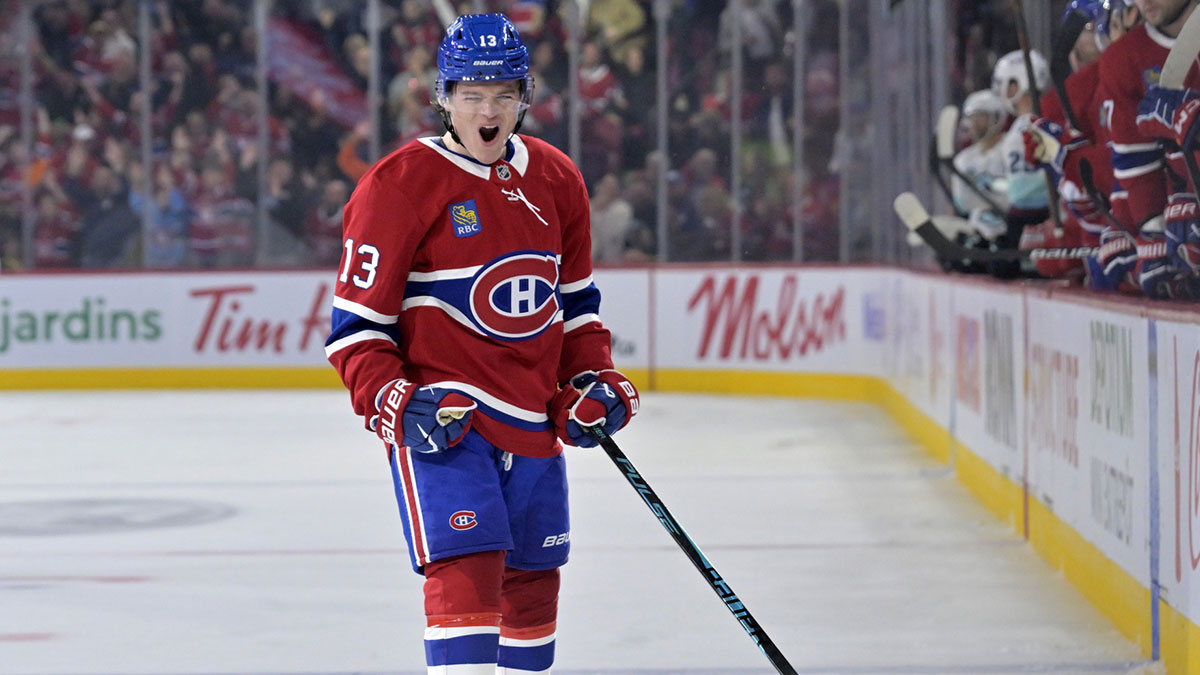On opening night, the Boston Celtics were dealt a horrific blow to their season as Gordon Hayward landed awkwardly from an alley-oop play and severely fractured his ankle, ending his season with the Celtics after just one game. Hayward said on his Facebook blog post, In an Instant, “I had run that play countless times,” which he had done since his time with the Utah Jazz. Watching that game on league pass was shocking and disheartening. The Celtics haven’t experienced anything this devastating since their rookie, Len Bias, no.2 overall pick in the 1986 NBA draft, died of a cocaine overdose before he could even set foot on the court.
Amidst the tragic event the new season’s first game, one player stood out and stepped up for his team – the third pick 2016 NBA draft, Jaylen Brown. He would finish the game with 25 points, six rebounds, two steals and two threes. He scored the most points for his team (Kyrie Irving came in second with 22 points) and only LeBron James scored more than he did with a game high of 29 points. It was an impressive start for a high lottery pick that had an underwhelming rookie season. Boston would later lose, but Brown surprised us with his arrival.
Brown’s rookie year showed flashes of playing big, but most of the time, he didn’t deliver. He averaged 6.6 points, 2.8 rebounds, 0.4 steals and 0.6 threes. It’s not the type of production that you’d expect from a No.3 pick. Then again, the 2016 draft class didn’t live up to expectations. The No. 1 pick, Ben Simmons, suffered a season-ending injury before the season started. The second overall pick, Brandon Ingram, was average (at best) for the LA Lakers. And it was pretty much the same for all the players picked after Brown.

Danny Ainge was heavily criticized for picking Brown at No. 3. Ainge defended his decision because at 6-foot-7, Jaylen Brown had a high ceiling and also had a strong, athletic, NBA-ready body. Considering all of this, Brown was considered a project. GM’s don’t pick players that need further development with the third pick. With a high pick like that, players are expected to contribute right away and have the potential to be a superstar.
To put things in perspective, here are some solid No. 3 picks since 2003:
Carmelo Anthony (2003)
Deron Williams (2005)
Al Horford (2007)
James Harden (2009)
Bradley Beal (2012)
Joel Embiid (2013)
In contrast, here’s a list of mediocre to draft-bust No. 3 picks since 2003:
Ben Gordon (2004)
Adam Morrison (2006)
O.J. Mayo (2008)
Derrick Favors (2010)
Enes Kanter (2011)
Jhalil Okafor (2015)
Nothing so far indicates Jaylen Brown is a bust, but at the time he was drafted, that he wasn’t on the same level of guys like Melo, Harden, Beal and other successful players taken at that point. Players like Brown, who have a lot of upside, usually get picked later in the draft. With a relatively weaker draft class, the pick was reasonable given the upside.

In fairness, Brown didn’t get much playing during his rookie year to be able to showcase what he could do. Playing behind veteran wings like Avery Bradley, Jae Crowder and Marcus Smart, Brown ended up playing only 17 minutes per game. Brad Stevens leaned heavily on his veteran wings for defense and outside shooting. Rookies playing for top contending teams don’t usually get to play heavy minutes. But Brown definitely benefited from the mentoring of these veterans. On top of that, at the age of 20, he was fortunate enough to gain valuable experience when the Celtics went on a deep playoff run last season. He was one of seven defenders who guarded LeBron James in Game 1 of the Eastern Conference finals. Unfortunately for the Celtics, James was too much and finished the game with 38 points, nine rebounds and seven assists, ultimately winning the series against the Celtics at 4-1.
Leading to the 2017 NBA draft, and also during the free agency period that followed, Danny Ainge had opportunities to trade for Paul George and Jimmy Butler. Ainge had a treasure trove of assets consisting of draft picks and young players. But as the Boston Globe’s Adam Himmelsbach reported at the time:
Many observers were perplexed by Ainge’s decision to keep a player, whose production was pedestrian during his rookie year, to pass on the opportunity to trade for proven star players. It was a big gamble for Ainge to keep Brown but his patience lead to a more appealing trade in getting Kyrie Irving from the Cavs and he did it without giving up any of his young assets. Now that the 2017 season has started, Danny Ainge is beginning to look like a genius.
In 14 games this season, Brown has averaged 32 minutes per game, which has lead to a statistical spike of 14.7 points, 6.9 rebounds, 1.0 steal and 1.7 threes per game. The departure of Avery Bradley (traded to Detroit), Jae Crowder (traded to Cleveland) lead to Brown gaining more minutes with the team. Even if Gordon Hayward was healthy, Brown was still going to be the starting shooting guard and benefactor of open looks created by Kyrie Irving and Hayward. At the same time, Brown is applying everything that he’s learned from last season and making the best of the opportunities laid before him.
https://youtu.be/B1m5WMcfPoA
The Celtics will probably have to wait another year before reclaiming the Eastern Conference crown. With Kyrie leading the team, Brown’s (and Jayson Tatum’s) upward trajectory, and the return of Gordon Hayward next season, the Boston Celtics are set to dominate the East once again. Until then, let us all marvel at Jaylen Brown finally tapping into his potential and living up to expectations as a future NBA star.


